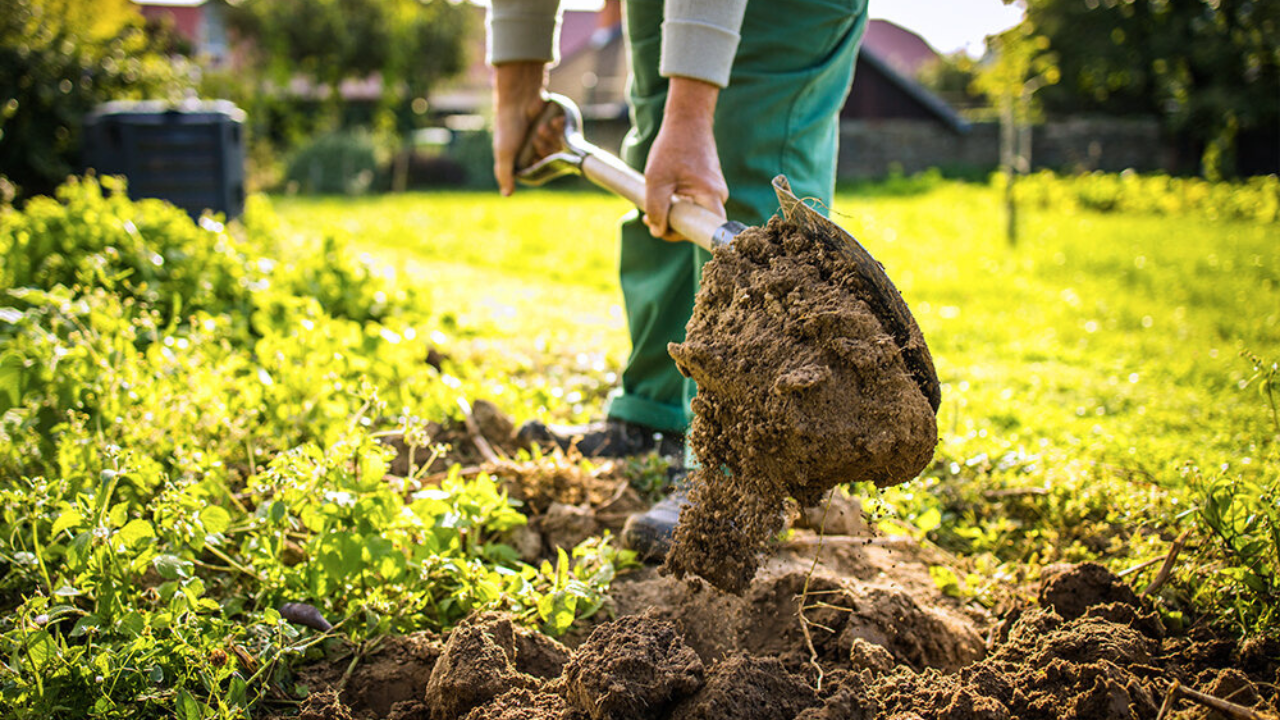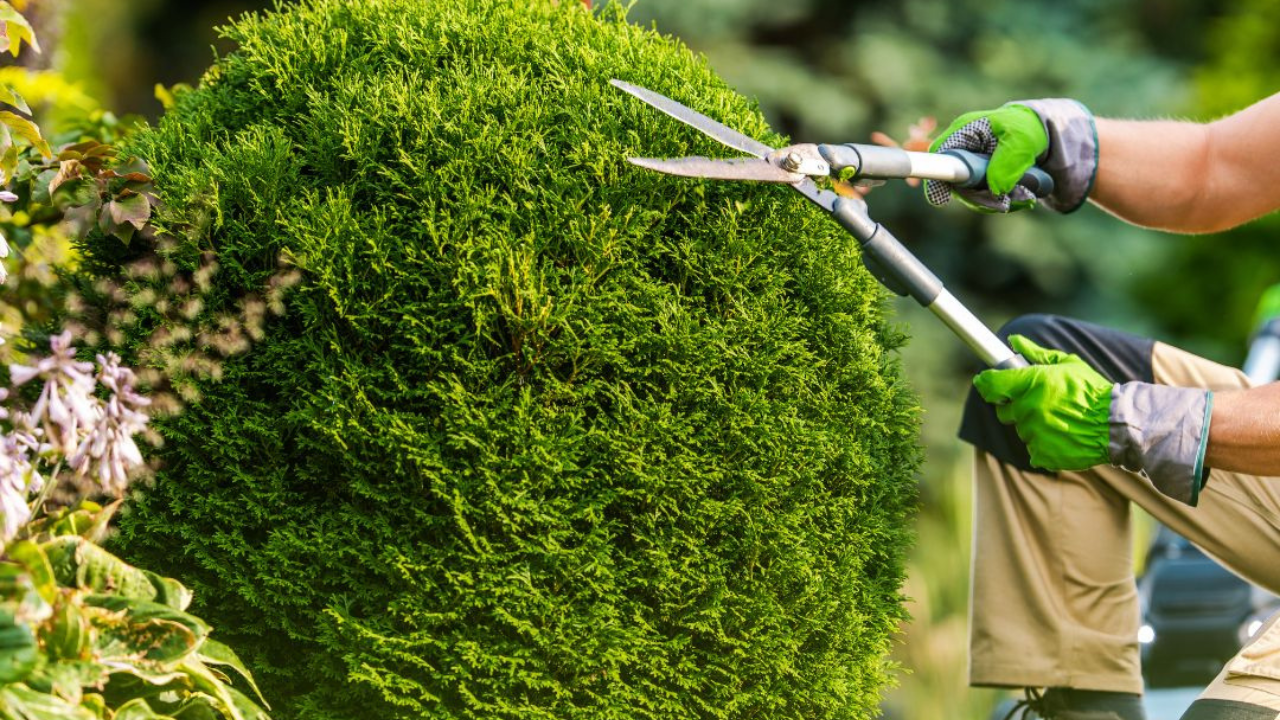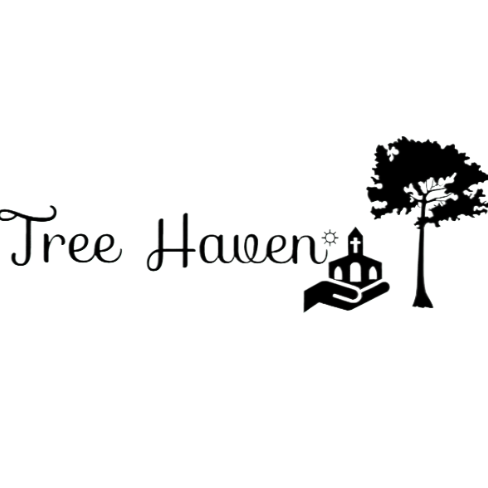Trees are the unsung heroes of our landscapes, providing shade, beauty, and environmental benefits. For homeowners in Alpharetta, GA, maintaining healthy trees is not just about aesthetics—it’s about ensuring the safety and longevity of your property. Tree trimming and pruning are essential practices that can make a world of difference in the health and appearance of your trees. Whether you’re a seasoned gardener or a first-time homeowner, this guide will walk you through everything you need to know about tree trimming and pruning, including the benefits, techniques, and tips for finding the right professionals in Alpharetta.
Why Tree Trimming and Pruning Are Essential
Tree trimming and pruning are more than just cosmetic practices—they are vital for the health and safety of your trees and property. Here’s why:
1. Promotes Tree Health
- Removes Dead or Diseased Branches: Prevents the spread of disease and pests.
- Encourages Growth: Stimulates new growth by removing overcrowded or weak branches.
- Improves Airflow: Reduces the risk of fungal infections by allowing air to circulate through the canopy.
2. Enhances Safety
- Prevents Falling Branches: Reduces the risk of branches breaking and causing injury or property damage.
- Clears Obstructions: Keeps branches away from power lines, roofs, and walkways.
3. Boosts Curb Appeal
- Shapes Trees: Creates a neat and attractive appearance.
- Highlights Landscape Features: Allows other plants and structures to stand out.
4. Increases Sunlight and Airflow
- Benefits Other Plants: Allows more sunlight and air to reach the ground, promoting the growth of grass and shrubs.
- Improves Views: Opens up sightlines for better views of your property.
When to Trim or Prune Your Trees
Timing is crucial when it comes to tree trimming and pruning. Here’s a breakdown of the best times to perform these tasks:
1. Seasonal Timing
- Winter (Dormant Season): Ideal for most trees, as it minimizes stress and reduces the risk of disease.
- Spring: Best for flowering trees after they bloom.
- Summer: Suitable for corrective pruning and removing dead branches.
- Fall: Generally not recommended, as it can stimulate new growth that may not survive winter.
2. Signs Your Tree Needs Attention
- Dead or Broken Branches: Visible signs of damage or decay.
- Overgrown Branches: Branches touching roofs, power lines, or other structures.
- Poor Shape: Uneven or unbalanced growth.
- Disease or Pest Infestation: Signs include discolored leaves, fungal growth, or insect activity.
Tree Trimming vs. Pruning: What’s the Difference?
While the terms are often used interchangeably, tree trimming and pruning serve different purposes:
Tree Trimming
- Focuses on maintaining shape and size.
- Often done for aesthetic reasons or to clear obstructions.
- Typically involves cutting back overgrown branches.
Tree Pruning
- Focuses on improving tree health and structure.
- Involves removing dead, diseased, or weak branches.
- Encourages new growth and fruit production.
Tree Trimming and Pruning Techniques
Proper techniques are essential to ensure the health and safety of your trees. Here are some common methods:
1. Crown Thinning
- Removes select branches to reduce density and improve airflow.
- Helps prevent storm damage by allowing wind to pass through the canopy.
2. Crown Raising
- Removes lower branches to provide clearance for structures, vehicles, or pedestrians.
- Enhances visibility and accessibility.
3. Crown Reduction
- Reduces the overall size of the tree by cutting back branches.
- Often used for trees that have outgrown their space.
4. Deadwooding
- Removes dead or dying branches to prevent them from falling and causing damage.
- Improves the tree’s appearance and health.
5. Structural Pruning
- Guides the growth of young trees to develop a strong framework.
- Prevents future problems like weak branches or poor shape.
DIY vs. Hiring a Professional
While minor trimming can be done by homeowners, significant pruning or trimming should be left to professionals. Here’s why:
DIY Tree Trimming and Pruning
- Pros:
- Cost-effective for small jobs.
- Allows you to address minor issues quickly.
- Cons:
- Risk of injury or property damage.
- Improper techniques can harm the tree.
- Limited tools and expertise.
Hiring a Professional
- Pros:
- Expertise in proper techniques and timing.
- Access to specialized equipment.
- Ensures safety and tree health.
- Cons:
- Higher cost for large or complex jobs.
Pro Tip: Always hire a certified arborist or licensed tree service provider in Alpharetta, GA, for the best results.
Choosing the Right Tree Service Provider in Alpharetta, GA
When selecting a tree service provider, consider the following factors:
- Certification and Licensing: Ensure the company is certified by the International Society of Arboriculture (ISA) and licensed to operate in Georgia.
- Experience: Look for a company with a proven track record and positive customer reviews.
- Insurance: Verify that the company has liability and workers’ compensation insurance.
- Equipment: Choose a provider with modern, well-maintained equipment.
- Cost and Services: Compare quotes and services to find the best value for your needs.
FAQs About Tree Trimming and Pruning
1. How often should I trim or prune my trees?
Most trees benefit from annual pruning, but the frequency depends on the species, age, and health of the tree.
2. Can trimming or pruning harm my tree?
Improper techniques can harm your tree, which is why it’s important to hire a professional for significant work.
3. What tools are needed for tree trimming and pruning?
Common tools include pruning shears, loppers, handsaws, and pole pruners. Professionals may use chainsaws and wood chippers.
4. How much does tree trimming and pruning cost in Alpharetta, GA?
Costs vary depending on the size of the tree and the complexity of the job. On average, expect to pay between 200and200and800 per tree.
5. Can I trim or prune my trees myself?
Minor trimming can be done by homeowners, but significant work should be left to professionals to ensure safety and tree health.
Final Thoughts: Keeping Alpharetta’s Trees Healthy and Beautiful
Tree trimming and pruning are essential practices for maintaining the health, safety, and beauty of your trees. Whether you’re dealing with overgrown branches, disease, or storm damage, taking action promptly can prevent problems and enhance your landscape. For homeowners in Alpharetta, GA, working with a certified arborist or licensed tree service provider ensures that your trees receive the care they need.
So, the next time you look at your trees, remember that a little maintenance can go a long way. Let’s work together to keep Alpharetta’s trees thriving for generations to come!
-
Sustainability and Community Benefits of Vegetable Trees
-
Mental and Emotional Advantages of Fruit Gardening
-
Economic Advantages of Growing Fruit Trees at Home
-
The Missing Link in Protecting Forests
-
Edible Container Gardens: Bloom Beauty and Benefits
-
Gardening Tips: How to Get Kids Involved
-

Alternatives to Tree Removal: Sustainable Solutions for a Greener Future
-

Soil Solarization for Weed Control: Harnessing the Sun for a Healthier Garden
-

Is Tree Trimming Necessary? Exploring the Why and How of Pruning
-

Tree Trimming Safety Guidelines: What You Need to Know

